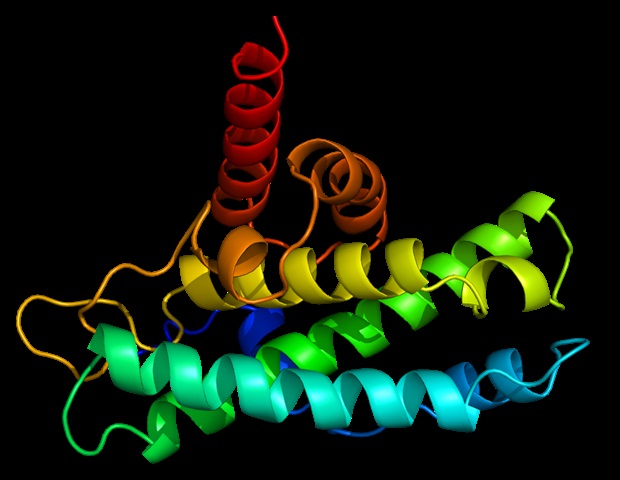Researchers have uncovered the regulatory mechanism of a specific protein that plays a key role in balancing immune responses triggered by viral infections in mammalian cells. These findings may help advance the development of antiviral therapies and nucleic acid drugs to treat genetic diseases.
To protect themselves from viral infection, cells typically engage in a series of immune responses, including programmed cell death called apoptosis and interferon signaling. While apoptosis is a normal process that occurs regardless of the presence of viral molecules, a cascade of steps occurs that ultimately lead to cell death; this may not sound too favorable to the host – it can Helps prevent the reproduction of abnormal cells, including those infected by viruses, and remove them from the body. Interferons, on the other hand, are proteins produced by animal cells in response to viral infection to protect cells from viral attack and prevent viral replication. However, the regulatory mechanisms of how cells maintain the balance between apoptosis and interferon responses to effectively inhibit viral replication during infection remain unclear.
In the current study, a team including researchers from the University of Tokyo focused on a specific protein, TRBP, which is also classified as a class of proteins called RNA silencing factors.
RNA is a type of nucleic acid, an organic compound found in living cells and viruses, where it controls protein synthesis and the genetic makeup of many viruses. RNA synthesizes proteins through a process called translation, which reads a genetic sequence and translates it into the cell’s instructions for producing proteins, which are primarily responsible for the overall structure and function of an organism, whether plant or animal.
RNA silencing, also known as RNA interference, is a way that plants and invertebrates protect themselves from viruses by cleaving viral RNA to inhibit viral replication.
This study provides an important insight, clearly revealing the proteins involved in the RNA silencing machinery, known to be an antiviral mechanism in plants or invertebrates, and through another mechanism involved in the antiviral response in mammals. closely related.
Tomoko Takahashi, co-author, visiting researcher at the University of Tokyo, and assistant professor at Saitama University, Japan
Although it is generally accepted that RNA silencing is a mechanism that controls gene expression under normal conditions (if a gene is “switched on” to provide the cell with instructions to assemble the specific protein it encodes), it remains unclear how this process works. Occurs under the stress of viral infection.
Therefore, the researchers studied TRBP (short for TAR RNA-binding protein), which plays an important role in RNA silencing during viral infection.
This protein interacts with viral sensor proteins during the early stages of human cell infection. During the later stages of viral infection, proteins called caspases, which are primarily responsible for triggering cell death, are activated.
“RNA silencing and interferon signaling were previously thought to be independent pathways, but multiple reports including ours have demonstrated crosstalk between them,” said Kumiko Ui-Tei, another co-author and associate professor at the University of Tokyo. Research).
The functional shift in TRBP triggered by viral infection is the basis for regulating interferon responses and apoptosis. TRBP irreversibly increases programmed cell death of infected cells while reducing interferon signaling. TRBP acts on cells by inducing cell death and completely halting viral replication, in contrast to the interferon response pathway, which only inhibits viral replication rather than destroying infected cells.
“The ultimate goal is to understand the molecular mechanisms behind the antiviral defense system, which is orchestrated through interactions between the internal and external RNA pathways of human cells,” Takahashi said.
By gaining a deeper understanding of how viral defenses work at the molecular level, researchers aim to advance the development of nucleic acid drugs. These drugs utilize methods of targeting and inhibition of antiviral responses similar to RNA silencing and are expected to play an increasing role in treating a wider range of patients with viral infections, genetic mutations, and genetic defects.
The research was conducted in collaboration with Saitama University, Chiba University, Kyoto University and Maebashi Institute of Technology in Japan.
source:
Journal reference:
Shibata, K., et al. (2024) Caspase-mediated processing of TRBP regulates apoptosis during viral infection. Nucleic acid research. doi.org/10.1093/nar/gkae246.
#Study #reveals #role #key #protein #balancing #immune #response #viral #infection
Image Source : www.news-medical.net
